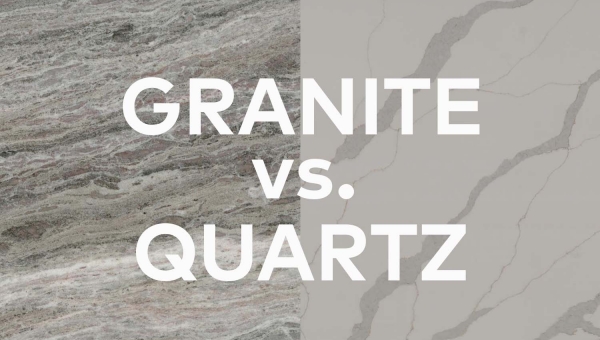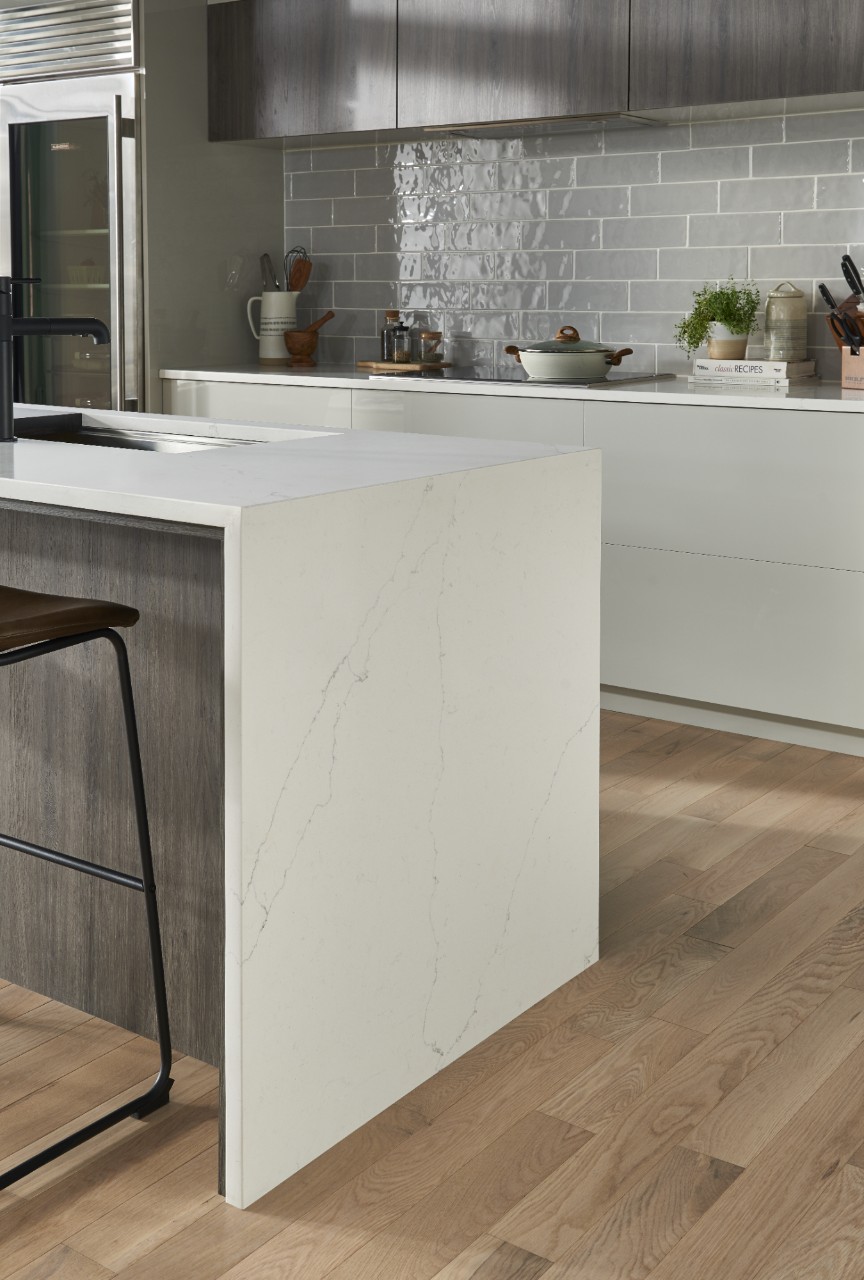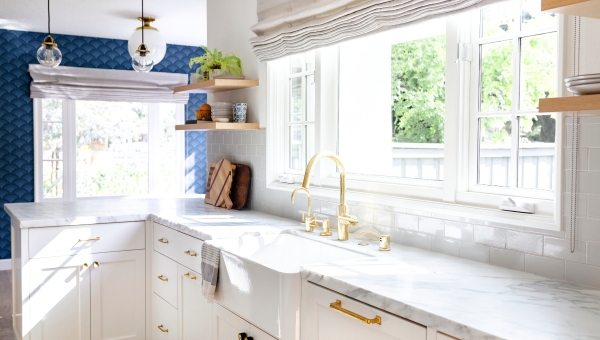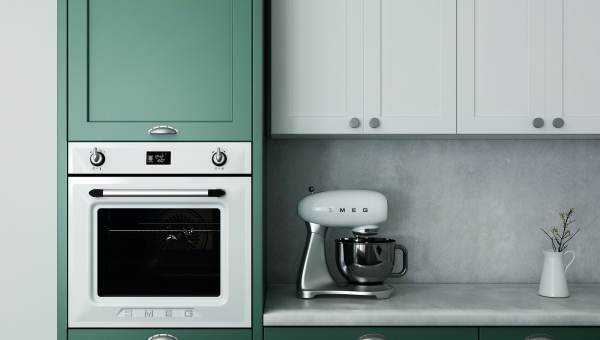In the realm of interior design and home renovations, few materials command attention and admiration quite like Calacatta quartz. With its mesmerizing blend of luxury, durability, and natural allure, Calacatta quartz has become a cornerstone in creating sophisticated and elegant spaces that stand the test of time.
The Origins of Calacatta Quartz
Calacatta quartz originates from the Carrara marble quarries in the Apuan Alps of Italy. Renowned for its stunning white base and intricate veining, Calacatta marble has been a symbol of opulence and refinement for centuries. However, while its aesthetic appeal is undeniable, Carrara marble's susceptibility to staining, scratching, and other forms of damage posed a significant challenge for practical applications in busy households.
Enter Calacatta quartz—a remarkable alternative that beautifully preserves the exquisite look of Carrara marble while addressing its practical limitations. Calacatta quartz is an engineered stone composed primarily of natural quartz crystals, resin, and a blend of pigments. This ingenious combination yields a material that mirrors the elegance of marble without compromising on durability and maintenance.
Timeless Elegance, Modern Practicality
One of the most alluring features of Calacatta quartz is its ability to infuse a space with a sense of timeless elegance. The subtle, flowing veins that traverse the slab create a sense of movement and depth, adding a touch of sophistication to any room. Whether used for kitchen countertops, bathroom vanities, or even accent walls, Calacatta quartz exudes luxury and refinement.
However, what truly sets Calacatta quartz apart from its natural marble counterpart is its exceptional practicality. Unlike marble, which is porous and prone to staining, Calacatta quartz is non-porous, making it highly resistant to spills, moisture, and bacteria growth. This inherent resilience makes it an ideal choice for high-traffic areas, particularly in bustling kitchens where spills and food preparation are a constant occurrence.
A Canvas for Versatility
Calacatta quartz is a chameleon when it comes to design versatility. Its neutral white base and delicate veining effortlessly complement a wide range of interior styles, from classic and traditional to modern and minimalist. It serves as a canvas for homeowners and designers to express their creativity and tailor their spaces to their unique aesthetic preferences.
Pair Calacatta quartz with dark cabinetry for a striking contrast that makes the veins pop, or combine it with lighter tones for a serene and airy ambiance. Its adaptability extends beyond color schemes; Calacatta quartz can be seamlessly integrated into various design elements, such as backsplashes, fireplace surrounds, and even furniture tops, further showcasing its flexibility and ability to enhance any environment.
Sustainability and Longevity
In an era where sustainability is a paramount concern, Calacatta quartz shines as an environmentally friendly choice. By utilizing natural quartz—a widely available and abundant mineral—combined with advanced manufacturing techniques, Calacatta quartz reduces the demand for traditional quarrying of natural stone, minimizing the environmental impact.
Furthermore, Calacatta quartz's durability translates into longevity. Its resistance to wear, stains, and scratches ensures that the beauty of your investment will endure for years to come, reducing the need for frequent replacements and conserving resources in the long run.
In Conclusion
Calacatta quartz stands as a testament to the seamless blend of artistry and innovation in the world of interior design. Its ability to capture the essence of classic luxury while embracing the demands of modern living makes it a true marvel. From its origins in the Carrara quarries to its transformation into a practical and exquisite engineered stone, Calacatta quartz continues to redefine elegance and set a new standard for enduring beauty in homes around the world.
Distinctive Kitchen, has the largest selection of in-stock Calacatta quartz in central Ohio. View our Live Inventory online or visit our showroom located at 4600 Bridgeway Ave., Columbus OH, 43219. For additional information, contact us at (614) 431-0898 or This email address is being protected from spambots. You need JavaScript enabled to view it..





